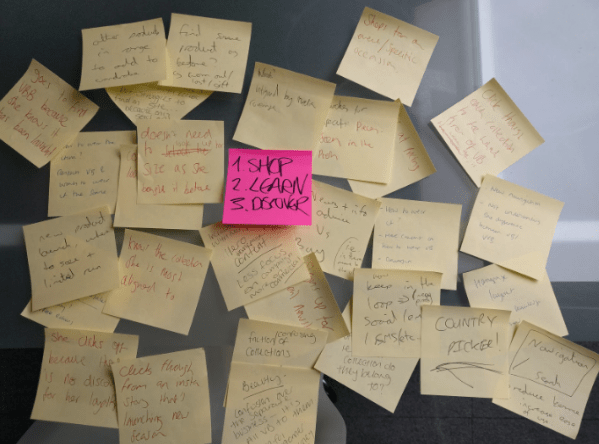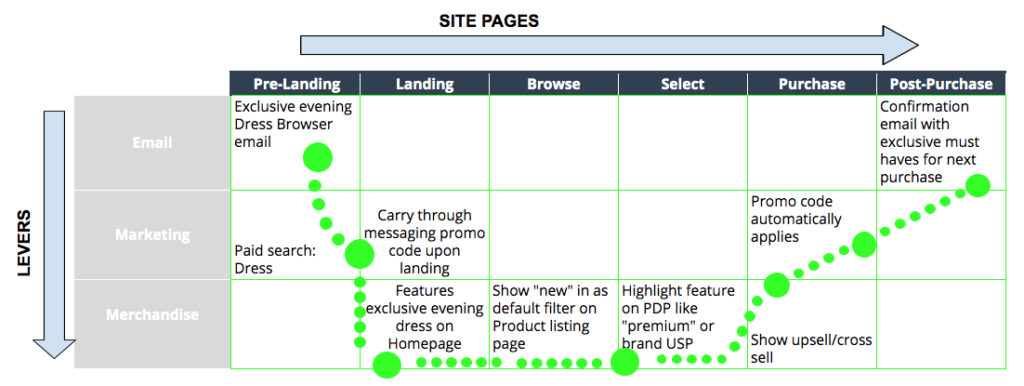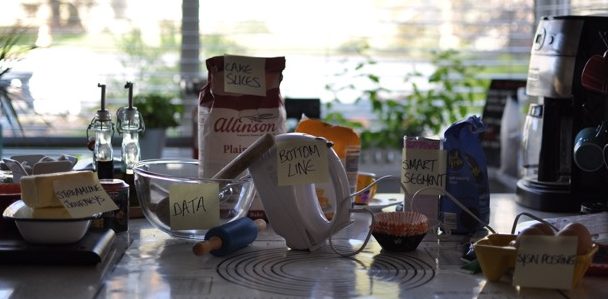Expanding on Optimisation

Recently I ran a workshop with a leading International luxury fashion retailer. The purpose was to structure thoughts between disparate teams around purpose and definition of an optimisation workstream.
Initially we talked about short term imminent goals, with the festive season fast approaching these were not surprisingly highly tactical and focused around maximising peak performance.
Setting the scene
At this stage I introduced more broader notions around decoupling the shopping journey or moment mapping, the idea simply to take a step back and re-evaluate the basics before delving into the data or being distracted by day-to-day priorities and opinions.
These sorts of workshops are an excellent opportunity to probe further and draw out what matters around customer experience. And as a facilitator to lead the audience on their own journey; how they believe their customers typically experience their brand, how do customers get to the site, visit the site, browse products, check out, and what happens afterwards.
Individual ideas were later taken away and grouped together to map the customer experience beyond the scope of single interactions.

The Future state
Parking to one side carefully crafted Optimisation 101’s around process, frameworks and tools, all of which there are available in abundance across the internet, the next exercise in the workshop was to discuss how we envisaged the ideal, future state and challenge ourselves with how these might be adjusted to increase key business objectives.
Quite a step change in thinking for most that live and breathe digital and e-commerce daily and whose day to day roles are heavily focused around email calendars, peak planning by marketing channel or site merchandising changes. Customers don’t think about these elements, they will know, love and interact with a brand. Herein lies the challenge of re-evaluating the customer journey as a whole and considering the overall value of the collective experience beyond team dynamics, opinions and company silos.
Recap and next steps
Focusing on broad segments (new and returning), considering what was happening at each of the shopping journeys a step at a time, where else customers might be shopping, who they’re shopping for and the purpose of their visit, we had brainstormed a great wealth of ideas that weren’t necessarily enshrined to a specific campaign or time of the year.
Job done. We had set the scene. Follow up initiatives were to find common themes, idea grouping, follow the data and build an optimisation roadmap. Easy, right?
Any thoughts, comments or views on the above please get in touch!

Subscribe to our newsletter:
Further reading

Audience activation in 5 simple steps
